deepeye.hu
Astronomical Drawings of Peter Kiss
Astronomical Drawings of Peter Kiss




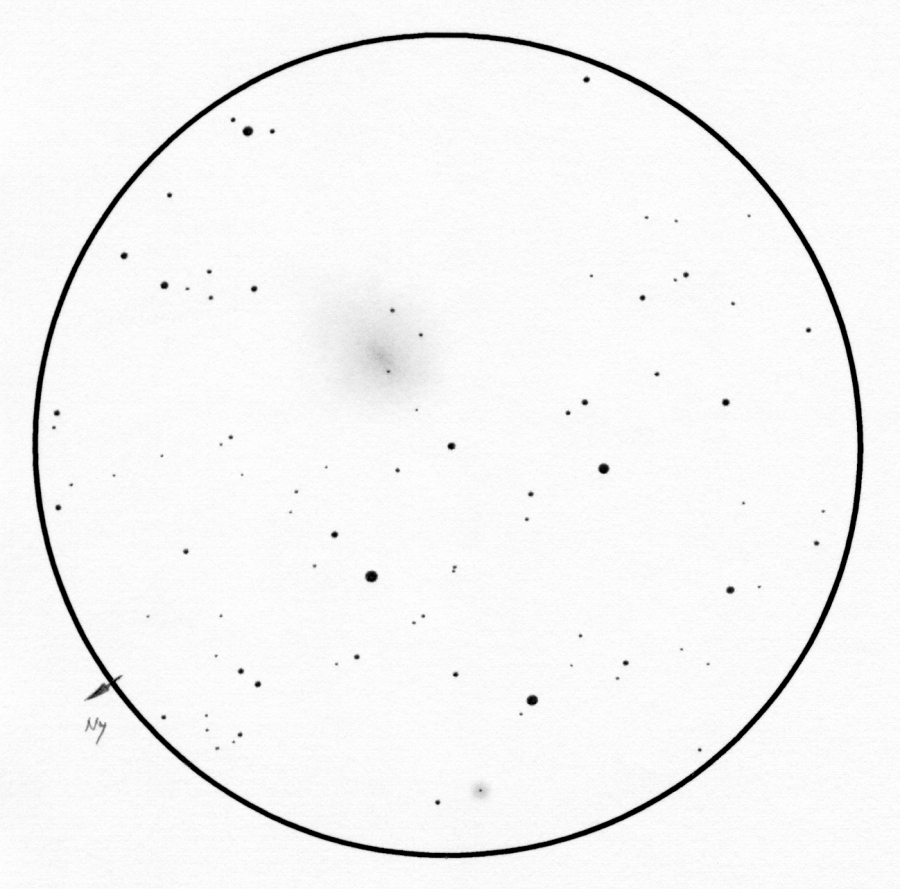
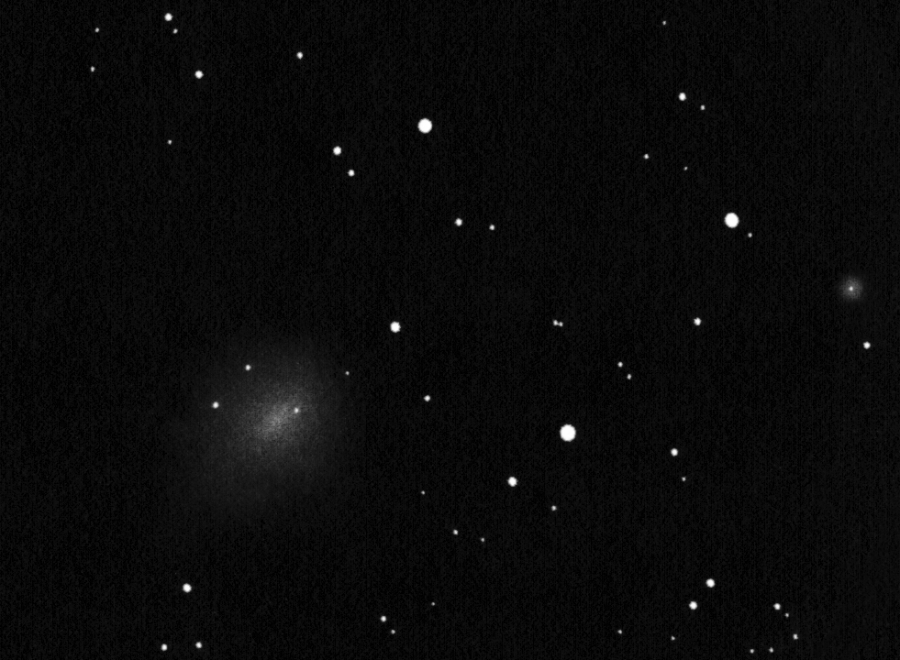
The Barnard Galaxy a.k.a. NGC 6822 can be found in a rather unusual place - behind the rich star fields of Sagittarius. The small telescope doesn't reveal many details: the central 2.5x1' area is not that faint and it is a little inhomogenoius. Apart from this the whole galaxy is extremely diffuse and pretty faint (its surface brightness is very low). There are some pearls in the Barnard Galaxy, the bubble shaped star forming regions north of the bulk of the galaxy. These are very spectacular in the photos and I think they are no less spectacular visually using a larger telescope (given the right conditions). We took a look at this galaxy using a 16" Newtonian in 2012 at the Hakos farm, Namibia in the zenith. The star forming regions were visible strainght away in the rich field using direct vision (I don't remember if we saw the bubble shape in any of the nebulae). Of course nothing is visible from the bubbles in the small telescope that I used to make this drawing. Though I tried: without knowing the exact positions I was staring at the northern part of the galaxy for at least an hour. I thought maybe the brightest one could be identified after the observation (as a star or a diffuse spot). But without success.
I couldn't see the details of the galaxy but there is also an advantage of the small telescope. I managed to compose a planetary nebula into the big field of view as well. The small round diffuse spot of NGC 6818 is shining in the lower part of the field of view. And it has a spectacular blue hue.
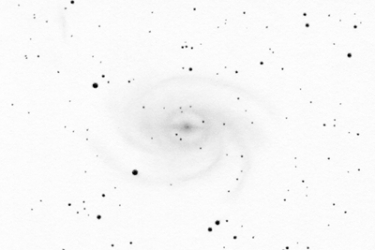
Pavo galaxy
The grand spiral galasy of Pavo
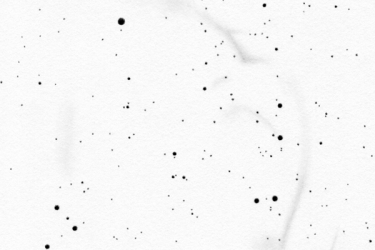
Panorama drawing
Huge and faint supernova remnant in the southern sky
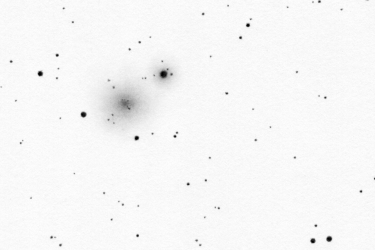
Centaurus globular cluster
The second globular in Centaurus

Apus globular cluster
Globular cluster close to the Southern celestial pole
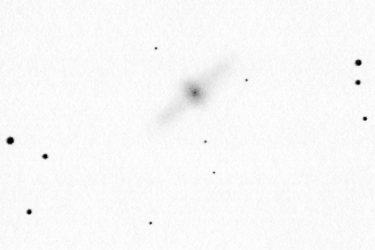
Centaurus galaxy
Polar ring galaxy
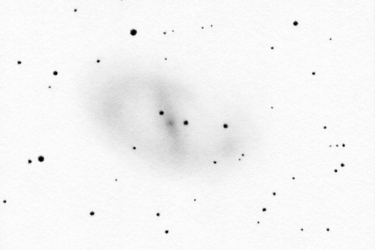
Ara galaxy
Barred spiral galaxy in the thick of the Milky Way